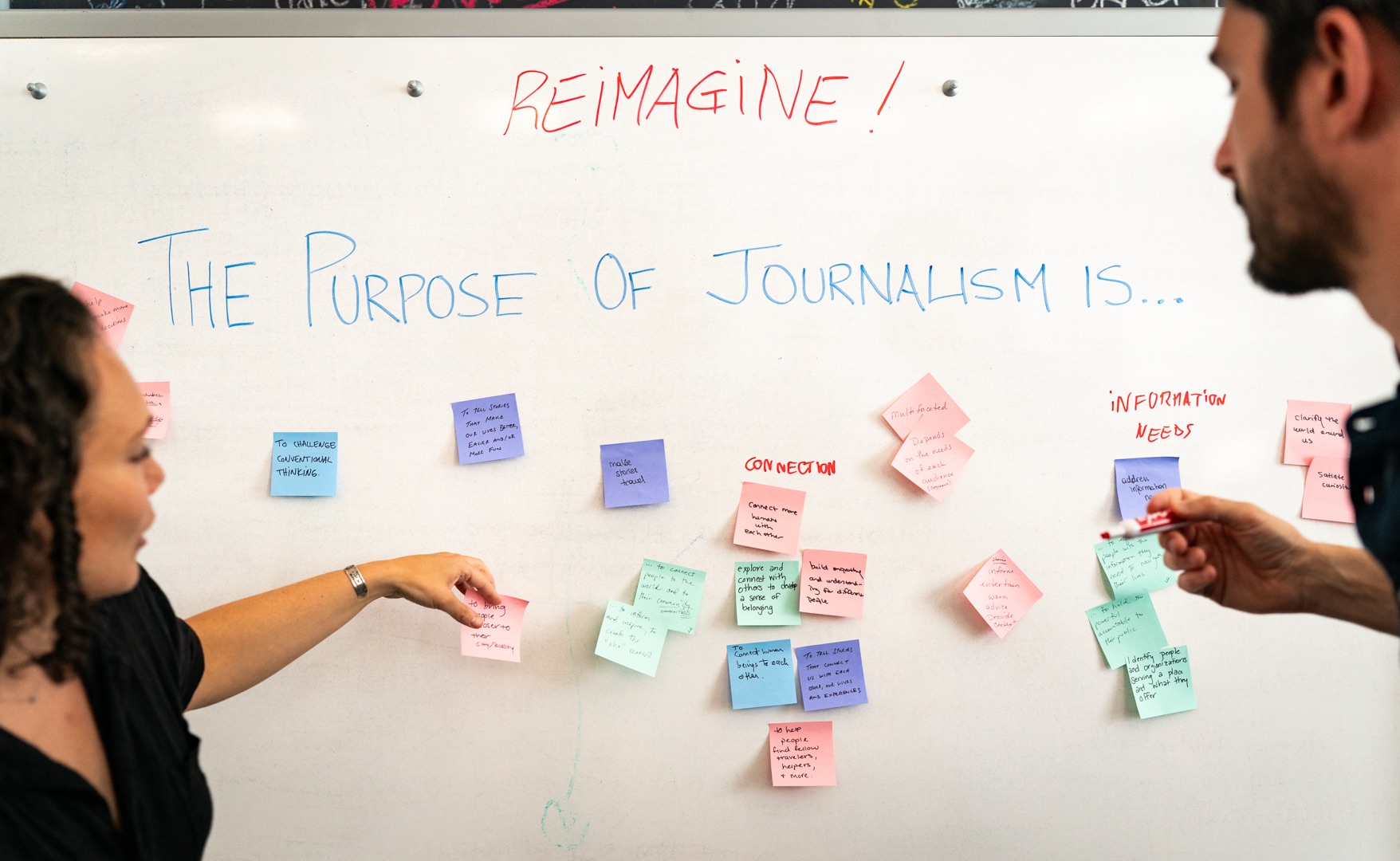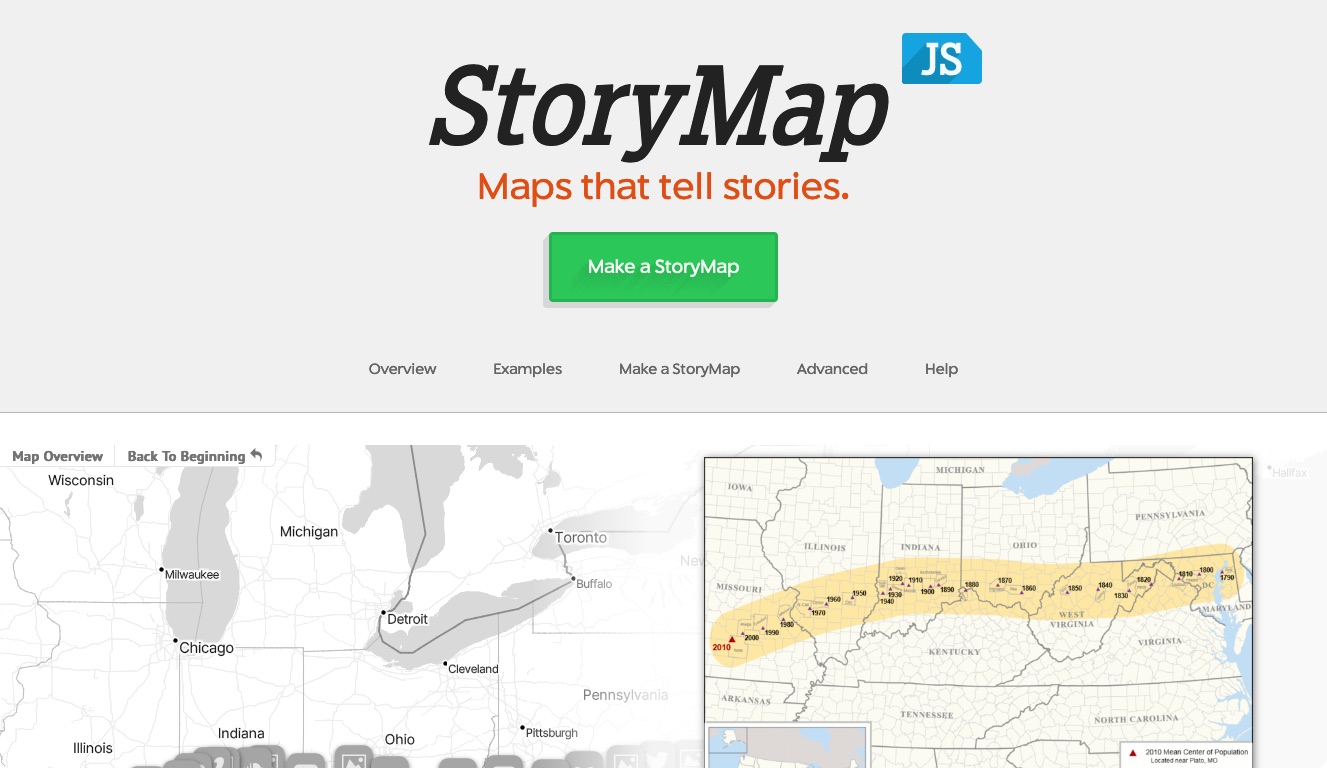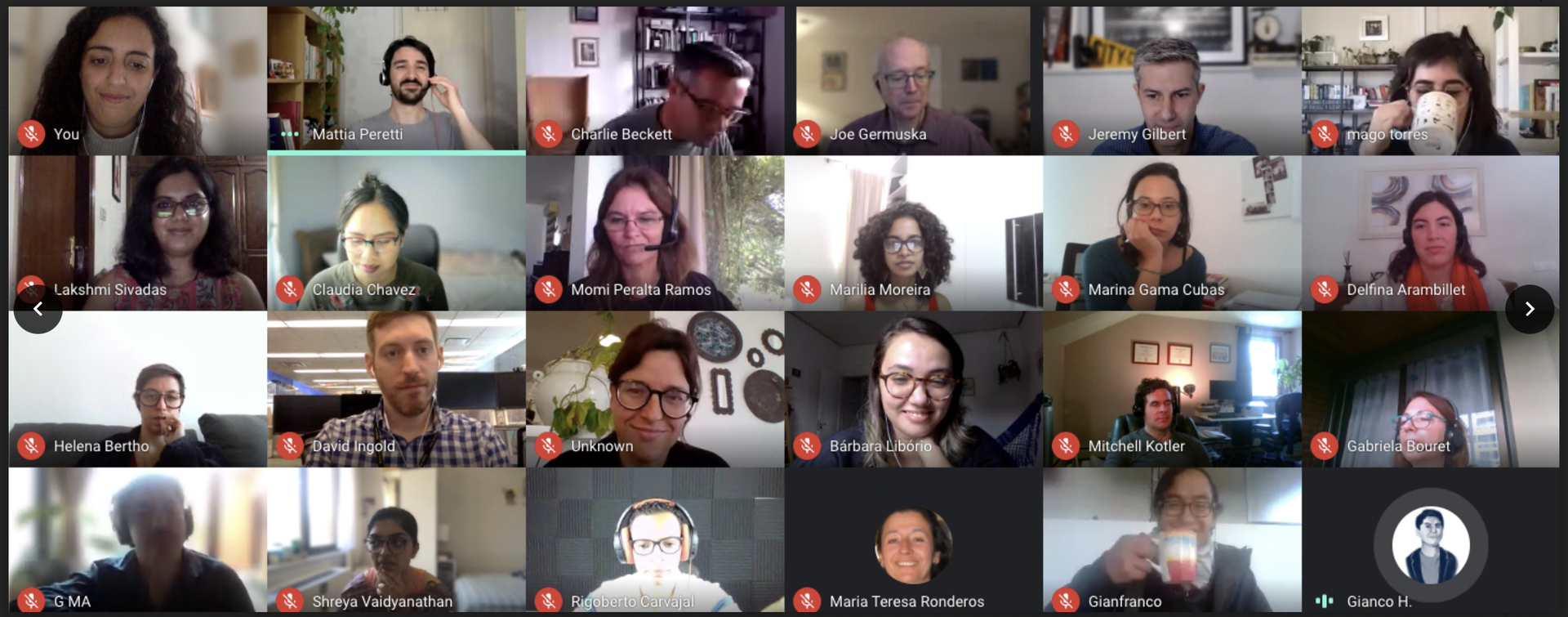
Each week our very own Stephen Autar tracks the tech and journalism conversations on Twitter as he runs the @KnightLab handle. He offers a recap of the most intriguing and important stories each Friday.
This week, one of the stories I found most interesting was that magazine publisher Future is reportedly selling $1 million in tablet magazines per month. I know how much I dislike tablet magazine designs for the most part so that seemed like a surprising amount, but Chicago Tribune digital editor Kurt Gessler was not as impressed.
The results of a new study shows that it's the way we read and consume media that contributes to feelings of being overwhelmed, not what we read. The study found people are overwhelmed by Facebook because it can be such a "bottomless hole of stories,” wrote Nieman Lab’s Justin Ellis. Twitter was “almost baseline,” which is kind of surprising since its design is, in fact, a bottomless hole.
This has been a great week for conversation revolving around hot topics in journo news—actually, that's pretty much every week. One of the more talked-about topics seemed to be the issue of paywalls, specifically The Washington Post's lack thereof. Over on GigaOM, Mathew Ingram sounded off on the criticism the Post has been receiving, arguing why such criticism completely misses the point.
Abroad, Google is fighting attempts being made by newspaper publishers to charge the company for sharing links of news stories on search. That just seems silly, doesn't it? Google is driving traffic to these stories without the publisher having to pay Google to do so, so what is the logic behind trying to start charging Google a fee? That’s quite counterintuitive.
One of the more fascinating links being shared is the Google Street View/Instagram mashup project. It's such a fantastic idea, I’m surprised it has only been unveiled just now. The Atlantic describes it more eloquently, but with Street View, Google has revolutionized the way people look for directions and has allowed everyone the opportunity to get a visual of billions of addresses on the planet. What it lacks, though, is the personality of the place, which is where Instagram comes in. Using geolocation and hashtags, it matches Instagram photos up to Google Street View locations and offers up a slice of life in these places. Brilliant.
About the author





